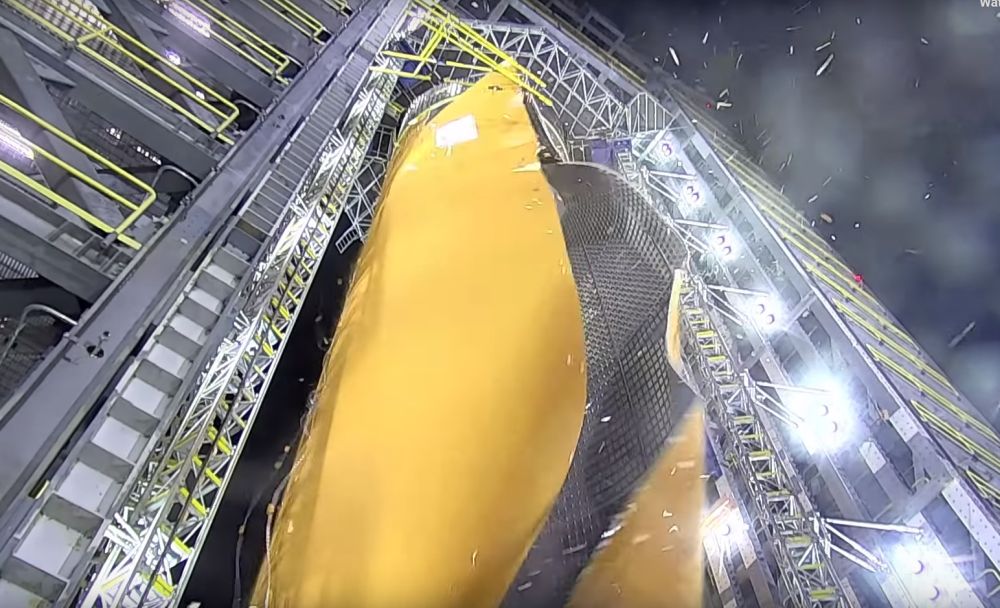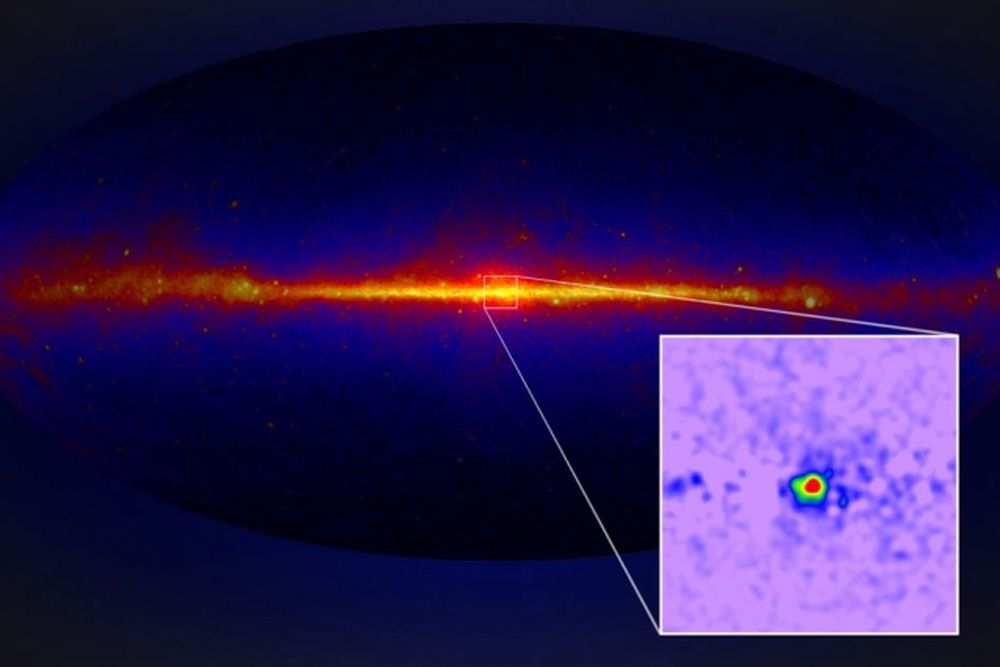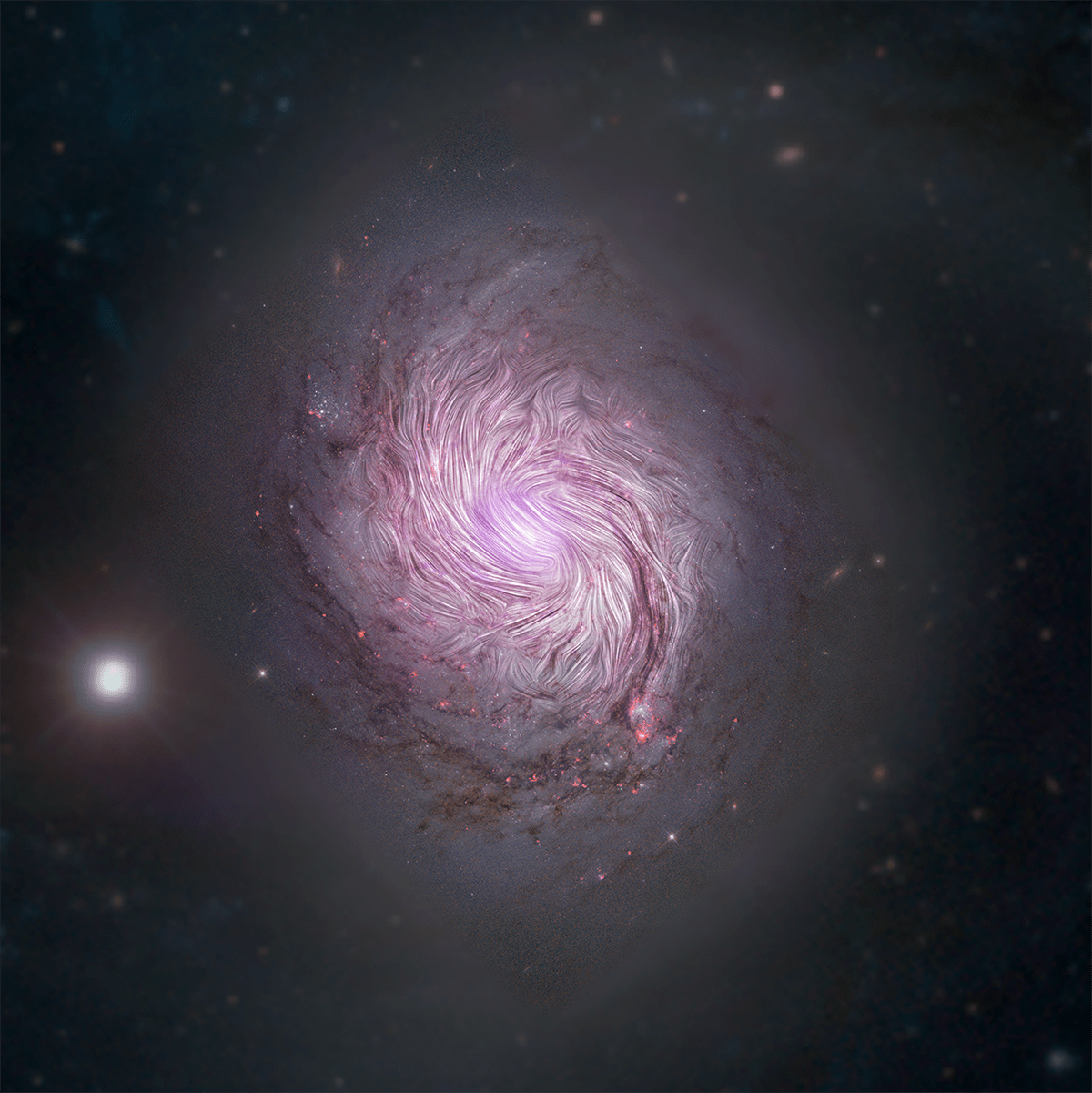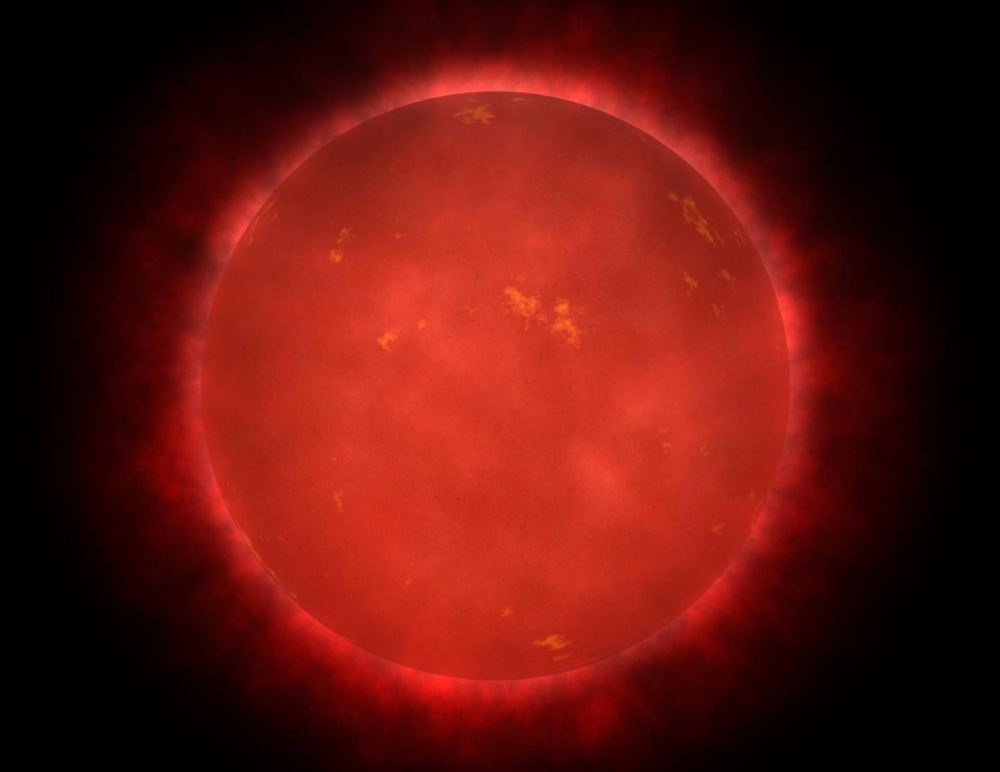When stars die, they don’t die quietly but prefer to go out with a bang! This is known as a supernova, which occurs when a star has expended all of its fuel and undergoes gravitational collapse. In the process, the outer layers of the star will be blown off in a massive explosion visible from billions of light-years away. For decades, NASA has been monitoring galaxies beyond the Milky Way and detected numerous supernova taking place.
For instance, over the past 20 years, the Hubble Space Telescope has been monitoring the galaxy NGC 5468 – an intermediate spiral galaxy located roughly 130 million light-years from Earth in the constellation Virgo. In that time, this galaxy has experienced 5 supernovae and, thanks to its orientation (perpendicular to our own), astronomers have been able to study this galaxy and its supernovae in glorious detail.
Continue reading “This Galaxy Has Been Home to 5 Supernovae in the Last 20 Years”









